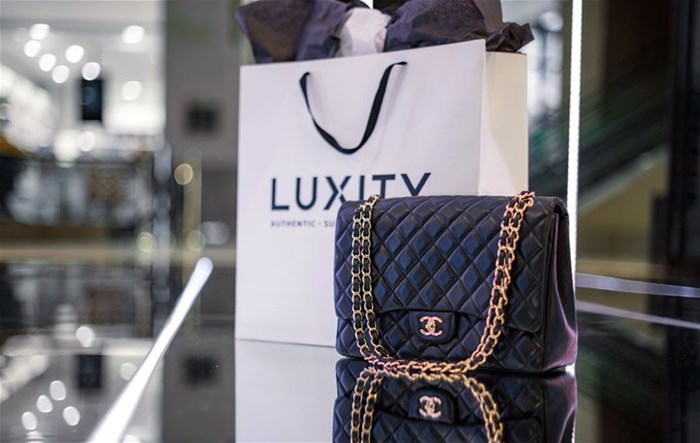
The pre-owned luxury market saw an uptick in growth last year fuelled by the surge in "revenge spending" post the Covid-19 pandemic. Now, as 2023 unfolds - a year defined by economic challenges, sociocultural shifts, higher inflation, and a weakening rand - the State of The Luxury Market Africa Report 2023 takes a closer look at whether this demand surge has maintained its momentum, outstripping supply, or if it has begun to taper off as consumers adapt to the evolving economic landscape.
Sharing insights from the sixth edition of the report released by Luxity, South Africa’s pre-owned Luxury reseller, the company’s co-founder Michael Zahariev notes that luxury stalwarts, Louis Vuitton and Chanel, experienced a slight decline in resale values. “This may signify a challenge in keeping up with the rapid price increases these brands have imposed.
In contrast, Balenciaga has demonstrated significant growth in resale value within the South African market, despite global controversies. Our data reveals that the 2023 luxury landscape is characterised by a nuanced trajectory, with some brands consolidating, others retracting, and new trends emerging. Overall, the resale value of luxury brands seems to be converging between a band of 60% and 70% of retail.”
“This year, we also included an analysis of watch and jewellery categories and brands in the report,” he adds. “Rolex and Cartier proved dominant in this segment, boasting impressive resale values of 97.6% and 74.6%, respectively.
Meanwhile, Tag Heuer presented an enlightening contrast with a resale value of 58.8%. This stark difference underscores how, in the luxury sector, a brand's resale power is influenced not only by its category, such as watches but also by its intrinsic brand value.”
Categories such as shoes and apparel accounted for 24.86% and 14.73% of search interest, respectively, showing changed consumer attitudes toward these types of pre-owned items.
“These categories either outpaced or matched the traditionally 'safe' category of handbags, which garnered 18.03% of search interest. This shift indicates evolving consumer attitudes, possibly signalling a more open, sustainable approach to luxury fashion,” says Zahariev.
He points out that in the realm of brand awareness and desirability, search interest is a critical metric.
“Louis Vuitton and Gucci maintained their positions as the crown jewels of search interest, commanding 16.88% and 14.14%, respectively. Together, they accounted for approximately one in three searches, slightly down from the previous year's 32.3%. These brands not only dominate search curiosity but also lead in both purchases and sales, reaffirming their robust digital presence.”
Examining search interest by price range revealed an expected pattern: a direct inverse relationship between price range and search volume. As prices increase, search interest decreases.
“However, a twist emerged when reaching the pinnacle of luxury price points with searches soaring within the most premium segment. This anomaly points to a niche group of High-Net-Worth Individuals (HNWIs) with unique tastes, actively seeking rare and exclusive pieces,” highlights Zahariev.
“This underscores the unique dynamics of luxury consumption, where affordability remains a priority for the majority, but a select few are undeterred by price, driven solely by exclusivity and rarity.”
He adds that these shifts have resulted in a shake-up amongst the top-rated brands, with Chanel ascending to the coveted number one spot - dethroning the long-standing leader, Louis Vuitton.
“What makes this feat even more remarkable is Chanel's absence in the South African retail arena. Its dominance is purely driven by the strength of its offerings in the pre-owned market. This meteoric rise paints a vivid picture of unwavering brand loyalty and immense consumer demand, intensified by limited supply.”
“As luxury brands jostle for prominence and consumer loyalties shift, one thing remains constant: the enduring allure of luxury in Africa. The pre-owned luxury market continues to adapt and thrive in the face of economic challenges and shifting consumer tastes, making it a dynamic and compelling sector to watch,” concludes Zahariev.